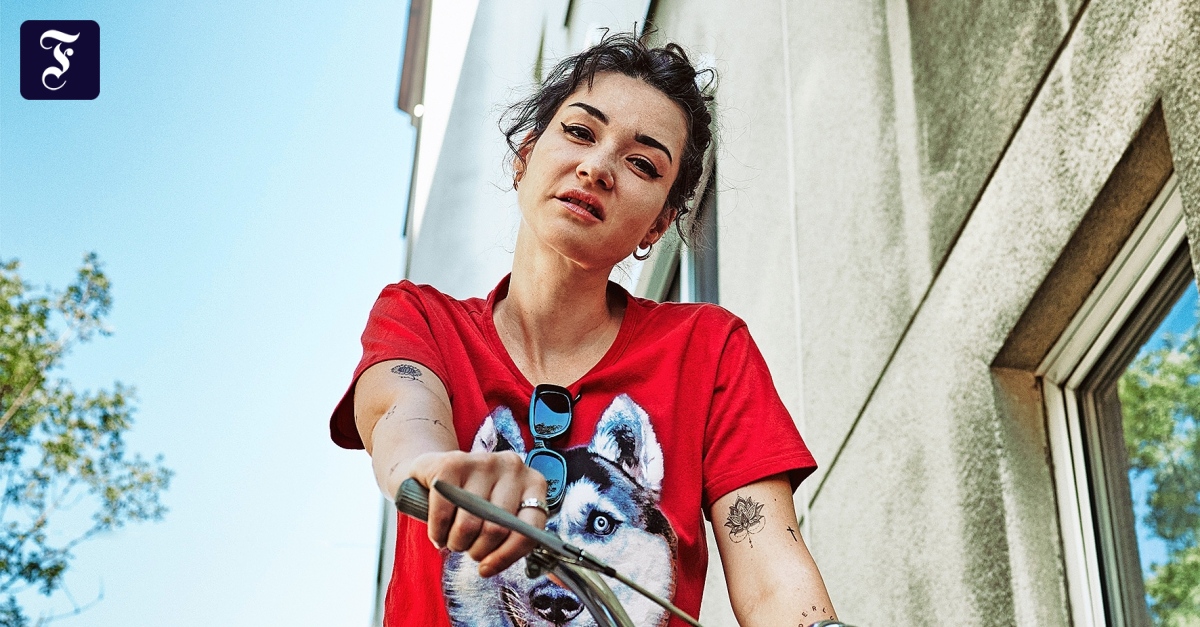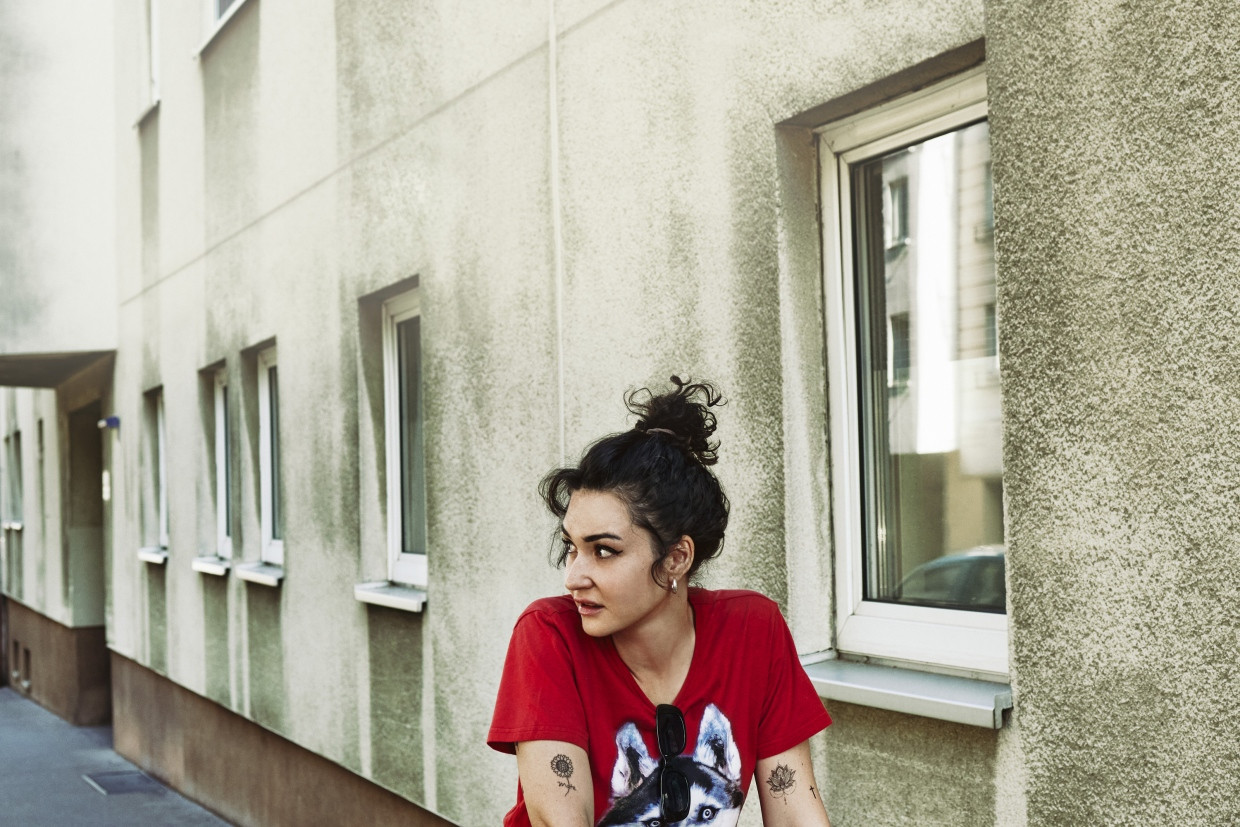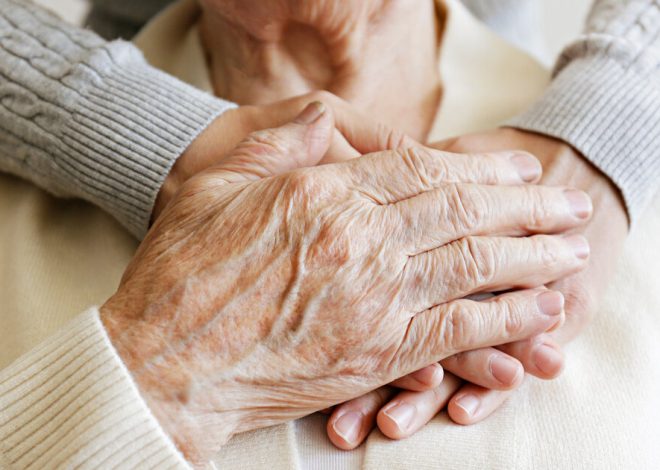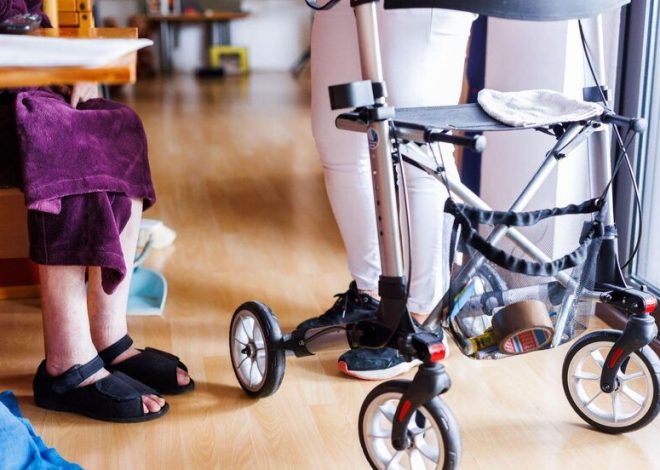
How Vienna is looking for skilled workers with a nursing soap
„Ich lass das mit der Pflege“, sagt Mary zu ihrem Kollegen. Das sei normal, das habe er auch nach dem ersten Tag gedacht. „Das ist nicht normal, man hat überhaupt keine Zeit für die Menschen“, antwortet sie. Nur eine Episode zuvor wies eine Kollegin sie zurecht, dass sie schon im Verzug seien, als sie sich bei einer älteren Klientin zum Schachbrett hinunterbückte.
Der Ausgangspunkt der Serie „Nicht wieder Mary“ auf Instagram, Tiktok und Youtube ist klar: Mary ist jung und arbeitet in der mobilen Pflege. Ihr fehlt die Routine. Eben weil sie einer solchen nicht gedankenlos folgt, wirkt sie sympathisch.
Die Einblendungen zu Beginn haben die rund einminütigen Episoden verortet, es sind die Folgen 8 und 9. Genau hier kann man in die Handlung der fiktionalen Pflege-Soap einsteigen, serielles Schauen im klassischen Sinne existiert für den Algorithmus der Social-Media-Kanäle nicht. Wer mag, kann sich zum Anfang durchklicken oder -wischen, um so alle 24 Episoden der Soap zu sehen. Warum man mit Mary mitfiebert, wenn sie sich fragt, ob die Arbeit in der mobilen Pflege die richtige für sie ist, und sie die Widrigkeiten akzeptiert? In Wien wird mit Blick auf den demographischen Wandel händeringend Personal für die Pflege gesucht – und so finanzierte die Stadt mit „Nicht wieder Mary“ eine neue Recruiting-Strategie.
Schluss mit der „Stockfotoästhetik“: ein neues Bild von der Pflege
„Ein Experiment“, nennt Klaus Kienesberger die Serie, die von der Stadt Wien über den „Wiener Arbeitnehmer*innen Förderungsfonds“ (Waff) produziert wurde. Der Leiter des Kommunikationsbereichs des Wiener Fonds, der zusätzlich zum Arbeitsmarktservice als Pendant zur Agentur für Arbeit agiert und insbesondere bei Umschulungen unterstützt, blickte zusammen mit seinem Team kritisch auf die klassische Ansprache im Werben von Arbeitskräften in der Pflege. Kienesberger beschreibt sie als „Stockfotoästhetik“: lächelnde Pflegerinnen und Pfleger neben traurigen Alten. Ausschließlich auf Opferbereitschaft zu zielen könne nicht der Weisheit letzter Schluss sein. Wie aber spricht man eine jüngere Zielgruppe zwischen 20 und 40 Jahren an, die sich den Einstieg in Pflegeberufe vorstellen kann und schon mit Menschen zu tun hatte?
Den Gedanken, eine „Soap“ aufzulegen, hatten sie beim Waff schon länger, der Hochkant-Dreh und die Ausspielung über soziale Medien war für die Zielgruppe gesetzt. So kam es zu dem Format, in dem es vor allem um eines geht: Emotionen. Sie machten eine Seifenoper nun einmal „soapy“, wie Kienesberger es beschreibt. Dazu kommen weitere Elemente, wie die Personen und ihre Beziehungen, Missverständnisse und Konflikte. Die von der Schauspielerin Zeynep Alan dargestellte Mary ist Wienerin und hat eine einjährige Ausbildung zur Pflegeassistenz absolviert. Sie ist launisch, hin- und hergerissen, ob sie in der Pflege bleiben oder nicht lieber in Clubs Musik auflegen soll. Aber sie will auch ein geregeltes Leben.

Whether the nursing profession, with its shift work and high emotional, psychological and physical demands, can give Mary this structure is another matter. But the series does not leave out the negative aspects of the profession – as when an older man greets Mary, who has a migrant background, with the words “Now they’re sending me another foreigner.” Or when it comes to how challenging personal care for an obese client can be and how close the threshold to death can be in nursing. The story is told in the pretty Viennese setting around a campfire or as part of a party.
It takes less than three quarters of an hour to watch all the episodes. The story has to be told quickly and at a rapid pace, says Kienesberger. Given the short format, they were aware that they would be “operating with a sledgehammer rather than a fine blade”. It can be controversial, but “correct and with a grin”. During filming, experts from the nursing field paid attention to the accuracy of the scenes – when the elderly lady almost rolls out of bed, Mary thinks back in a flashback to a situation from her training when she lost control of a doll. The film was shot at the nursing school, says project manager Sherin Quell. Mary has learned a lot and knows the moves.
Number of applicants for training courses has increased
As a viewer, you get to know Mary better with each episode, and share worries and annoyances with her. The numbers show that this works. Waff’s analysis of the campaign, which ran from the beginning of September to the end of November 2023, counts 46 million impressions on Meta and Tiktok and 39 million video views. Expectations were exceeded. But what exactly makes a well-told series a success for Waff and the city of Vienna?
The number of applicants for training in the nursing sector rose by 45 percent during the campaign period compared to the average period last year. The 135 percent increase in applications for training as a nursing assistant is particularly noticeable. They now have to take a closer look at who exactly they have reached in Vienna. The one-year training course as a nursing assistant, which Mary does, could be a first step for many – especially because many people apply without any educational qualifications. Building on this, they can further qualify as a nursing assistant and then start a degree course.
As Quell says, every episode is a potential “door opener”. Interest is aroused in small bites, and at the end of each episode there is a link to the website. This is about factual information – and specifically about the different job profiles portrayed by the characters in the series. Anyone who only has a vague idea of how the job and training of a nursing assistant differs from that of a specialist nursing assistant or specialist social care worker can find all the information here. Videos of the accompanying campaign are being played on the social networks themselves, in which scenes from the series are classified by experts. For example, Julia talks about personal hygiene and changing incontinence pads, and Lukas talks about mobilization, breathing exercises and asthma spray. A video with Lukas is one of the three that is most popular.
“We deliberately did not address one topic because we cannot change anything about it: pay,” says Kienesberger. They have no influence on the negotiation process between the representatives of employees and employers. For example, the information on salaries and collective agreements was placed on the websites. The training courses are financially supported by the Waff itself, so that trainees in the joint structure of nursing facilities and the Waff, among others, now receive at least 1,400 euros net. This is a good approach to doing something new, says Kienesberger. Around half of those who enter the nursing profession in Vienna go through the appropriately funded program.
Criticism from the community was that this was not what care looks like and that the story was over the top. But people had expected much more negative things, and that was precisely why the accompanying campaign was there, stresses Quell. It is also clear that much of it was exaggerated, says Kienesberger. There was praise from other social institutions that were interested in the dramatic format of the campaign. The Waff wants to stick with it. The costs of around half a million euros for the “Not Mary Again” campaign were actually slightly lower than a classic campaign on television, radio and in the press.
Because Mary was well received and the cost-benefit analysis worked out, the show will continue in January next year with some familiar faces in a completely new setting. Then with a greater emphasis on the accompanying campaign – but just as the word soap opera promises.

Ethel Purdy – Medical Blogger & Pharmacist
Bridging the world of wellness and science, Ethel Purdy is a professional voice in healthcare with a passion for sharing knowledge. At 36, she stands at the confluence of medical expertise and the written word, holding a pharmacy degree acquired under the rigorous education systems of Germany and Estonia.
Her pursuit of medicine was fueled by a desire to understand the intricacies of human health and to contribute to the community’s understanding of it. Transitioning seamlessly into the realm of blogging, Ethel has found a platform to demystify complex medical concepts for the everyday reader.
Ethel’s commitment to the world of medicine extends beyond her professional life into a personal commitment to health and wellness. Her hobbies reflect this dedication, often involving research on the latest medical advances, participating in wellness communities, and exploring the vast and varied dimensions of health.
Join Ethel as she distills her pharmaceutical knowledge into accessible wisdom, fostering an environment where science meets lifestyle and everyone is invited to learn. Whether you’re looking for insights into the latest health trends or trustworthy medical advice, Ethel’s blog is your gateway to the nexus of healthcare and daily living.



